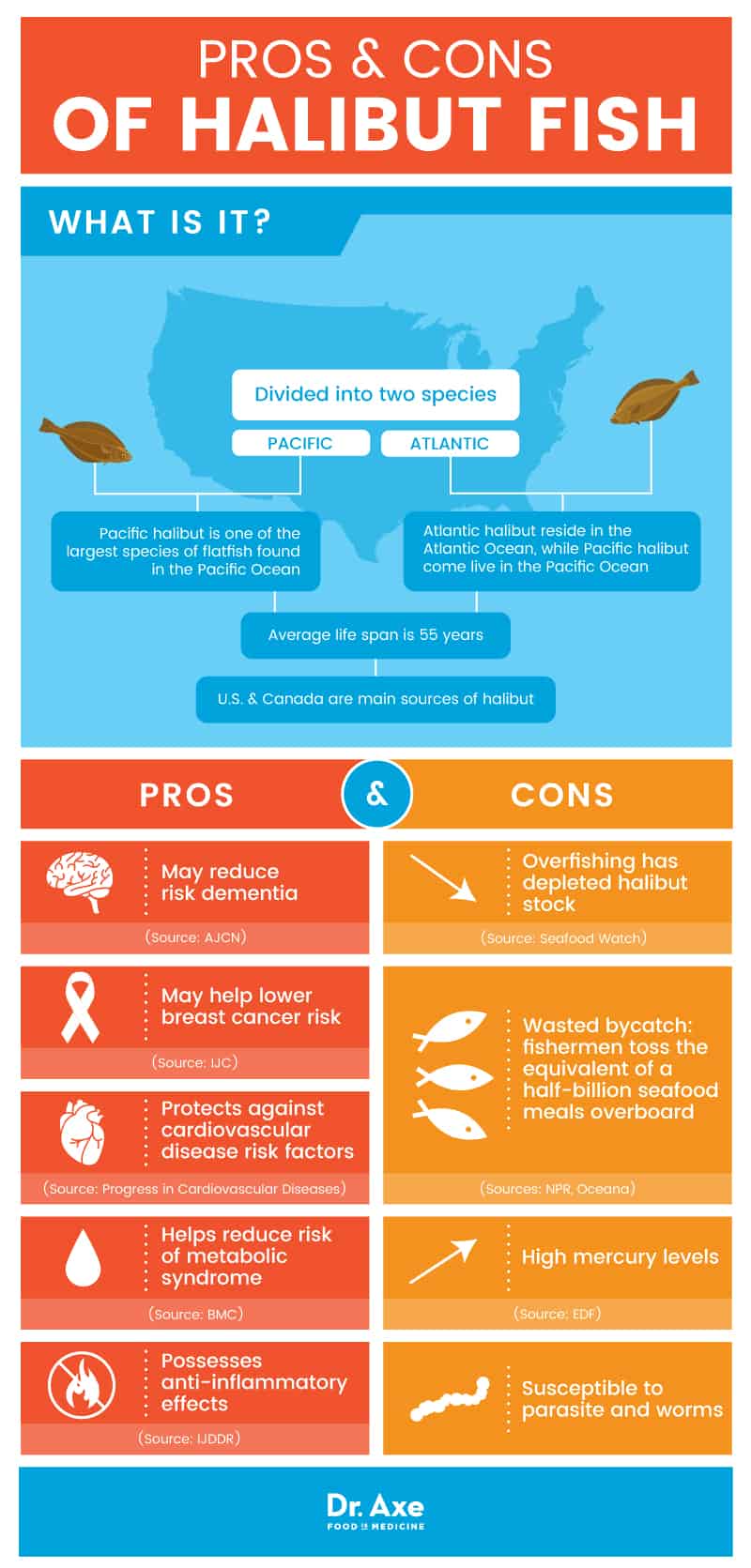This Dr. Axe content is medically reviewed or fact checked to ensure factually accurate information.
With strict editorial sourcing guidelines, we only link to academic research institutions, reputable media sites and, when research is available, medically peer-reviewed studies. Note that the numbers in parentheses (1, 2, etc.) are clickable links to these studies.
The information in our articles is NOT intended to replace a one-on-one relationship with a qualified health care professional and is not intended as medical advice.
This article is based on scientific evidence, written by experts and fact checked by our trained editorial staff. Note that the numbers in parentheses (1, 2, etc.) are clickable links to medically peer-reviewed studies.
Our team includes licensed nutritionists and dietitians, certified health education specialists, as well as certified strength and conditioning specialists, personal trainers and corrective exercise specialists. Our team aims to be not only thorough with its research, but also objective and unbiased.
The information in our articles is NOT intended to replace a one-on-one relationship with a qualified health care professional and is not intended as medical advice.
Is Halibut Fish Safe to Eat? Pros & Cons of Halibut Nutrition
January 27, 2018

Recently, Pacific halibut fish has become increasingly popular in supermarkets worldwide due to its mild and delicious taste for such a large fish. This firm and succulent fish is low in fat and well-suited for various cooking methods, and when raised responsibly and caught in the wild, halibut fish can provide quite a bit of potential nutrients. Unfortunately, it’s also often among the fish you should never eat due to historical overfishing and contamination levels, so there still are precautions that need to be considered when incorporating this fish into your daily meal plans.
Does that mean you should never consume halibut fish, or is halibut nutrition strong enough that if you consume wild-caught halibut that isn’t exposed to rampant contamination it can actually benefit your health? Let’s look at the pros and cons of this flatfish.
What Is Halibut Fish?
Halibut is divided into two species: Pacific and Atlantic. Pacific halibut is one of the largest species of flatfish found in the Pacific Ocean. Its Latin name, Hippoglossus stenolepis, is misinterpreted by some to mean “Hippo of the Sea,” due to its large size. In actuality, Greek words glossa and hippos, mean “tongue” and “horse,” respectively. The Greek stems, lepis and steno, mean “scale” and “narrow.” Its Latin name pertains to the narrow scales on the halibut that resemble a horse’s tongue. (1)
During the late 19th and 20th centuries, Atlantic halibut was collected and served on religious holidays or as the main meal for a special occasions. Atlantic and Pacific halibut closely resemble each other, except the pectoral fin length and the narrower scale of the Pacific halibut. Another difference is, as their names imply, Atlantic halibut resides between Europe and North America, while Pacific halibut resides between Asia and North America.
Halibut belongs to the Pleuronectidae family, a family of flatfish where both eyes are located on the right side in an upward direction. As with other flatfish in the Pleuronectidae family, halibut have symmetrical pelvic fins and a well-developed lateral line on both sides. They have a large and symmetrical mouth that extends to below the lower eyes. Their scales are small, smooth and buried in the skin with a tail described as concave, crescent-shaped or lunate.
The life span of halibut is about 55 years, and large halibut are called “barn doors” while smaller halibut are called “chickens.” (2)
Pacific halibut are found in the North Pacific Ocean. In East Asia, they occur from northern Japan to the Okhotsk Sea and through the southern Chukchi Sea in the Arctic Ocean. In North America, they range from the Bering Sea south to Baja, California and Mexico.
The main sources of Pacific halibut are the United States and Canada. About 2 percent of halibut fish that can be fished is found off Oregon and Washington, about 15 percent off British Columbia and the remainder off Alaska. The season for halibut fishing is determined by the International Pacific Halibut Commission in conjunction with the individual U.S. states or Canadian provinces. Most seasons begin sometime in May and last until any time between July and October.
Halibut Nutrition
A half fillet (about 159 grams) of dry-heated cooked halibut — Atlantic or Pacific — contains about: (3)
- 223 calories
- 42.4 grams protein
- 4.7 grams fat
- 74.4 micrograms selenium (106 percent DV)
- 11.3 milligrams niacin (57 percent DV)
- 453 milligrams phosphorus (45 percent DV)
- 170 milligrams magnesium (43 percent DV)
- 2.2 micrograms vitamin B12 (36 percent DV)
- 0.6 milligram vitamin B6 (32 percent DV)
- 916 milligrams potassium (26 percent DV)
- 95.4 milligrams calcium (10 percent DV)
- 0.1 milligram riboflavin (9 percent DV)
- 1.7 milligrams iron (9 percent DV)
- 0.1 milligram thiamine (7 percent DV)
- 285 international units vitamin A (6 percent DV)
- 22.3 micrograms folate (6 percent DV)
- 0.6 milligram pantothenic acid (6 percent DV)
- 0.8 milligram zinc (6 percent DV)
In addition, a half fillet of halibut fish contains about 1,064 milligrams omega-3 fatty acids, 60.4 milligrams omega-6 fatty acids, along with some copper and manganese.

Reasons to Avoid Halibut Fish
1. Limited Stock
Atlantic halibut is on the “avoid” list because the population is depleted through overfishing. No fisheries currently harvest Atlantic halibut. The stock is expected to rebuild by 2056, but that estimate remains just that — an uncertain estimate. (4)
Most halibut consumed are from the Pacific, which has much healthier populations, but there are issues with Pacific halibut as well.
2. “Wasted Bycatch”
In 2014, Oceana, the largest ocean conservation group in the world, conducted an investigation using data from the National Marine Fisheries Service. It identified the nine worst fisheries in the U.S. based on “wasted bycatch.” Yes, the data showed commercial fishermen in the U.S. throw about 2 billion pounds of “bycatch” overboard each year. That’s equivalent to about a half-billion seafood meals. The California gillnet fishery that targets halibut was identified as one of the worst. If you’ve eaten U.S. halibut, there’s a good chance it came from this damaging fishery, according to the report. (5, 6)
3. High Mercury Levels
Atlantic halibut should also be avoided at all cost because it’s unsafe for consumption. It contains unsafe levels of mercury and toxic industrial chemicals, such as polychlorinated biphenyls, according to the Environmental Defense Fund. (7) Pacific halibut also contain a moderate amount of mercury. Consuming too much mercury can lead to mercury poisoning symptoms, such as:
- Metallic taste in the mouth
- Vomiting
- Difficulty breathing
- Bad cough
- Swollen, bleeding gums
Thus, children and pregnant or nursing women are advised to eat halibut fish no more than once a month.
Can Halibut Fish Be Healthy? Wild-Caught Halibut Benefits
1. May Reduce Risk Dementia
Omega 3 fatty acids like DHA can be found in fish, such as halibut, salmon and tuna, and other omega-3 foods. Omega-3s are highly concentrated in the brain and play a crucial role in behavioral and cognitive (performance and memory) function. Infants who lack enough omega-3 fatty acids from the mother during pregnancy are at risk for the development of nerve and vision problems.
In recent studies, higher circulating levels and dietary intake of docosahexaenoic acid (DHA) and eicosapentaenoic acid (EPA), forms of omega-3s, have been linked to reduced risk of dementia. A cross-sectional cohort of studies published in the American Journal of Clinical Nutrition examined the relationship of fatty acid levels in red blood cells and cognitive markers of dementia risk in elderly and middle-aged individuals. (9)
Earlier studies observed that blood and erythrocyte total omega-3 PUFA (polyunsaturated fatty acid) content is lower in Alzheimer’s disease and age-related cognitive decline. It’s suggested in dietary surveys that consumption of marine oils is linked with higher cognitive function in late life.
2. May Help Lower Breast Cancer Risk
High dietary intake ratios of fish containing omega-3 PUFAs, such as DHA and EPA, relative to the omega-6 arachidonic has been linked to decreased breast cancer risk compared with those with low ratios. In Japan, dietary intake of fish or omega-3 PUFAs has been observed to have an inverse relationship with breast cancer risk in both prospective cohort studies and large-scale case-control studies, according to research published in the International Journal of Cancer. (10)
However, while consumption of fish in Japan is the highest in the world, incidences of breast cancer have increased in recent years. Why? The adoption of the Western diet, with increased consumption of meat, animal fat and or saturated fatty acids.
In order to help combat breast cancer, the ideal total omega-3:omega-6 intake ratio of 1:1 or 1:2 is generally accepted as associated with a low incidence of breast cancer. (11)
3. Protects Against Cardiovascular Disease Risk Factors
The association between fish consumption and cardiovascular disease risk has been studied extensively, with the majority of studies in favor of cardioprotective effects of fish consumption. Fatty fish, such as halibut, mackerel, salmon and tuna, are rich in omega-3 fatty acids, containing a huge amount of good HDL cholesterol. HDL cholesterol is like a vacuum cleaner, removing plaque from the arterial walls, preventing blockages and carrying cholesterol back to the liver. Lower amounts of HDL cholesterol in the body are associated with a higher risk of heart disease.
Recent evidence shows the consumption of fish may provide cardioprotective benefits. Fish consumption has been suggested to be related to the overall favorable effects on threshold for arrhythmias, lipid profiles, inflammation and endothelial function, platelet activity, atherosclerosis, and hypertension. A meta-analysis in 2004 identified 13 cohorts from 11 independent prospective studies comprising 222,364 subjects (3,032 cardiovascular heart disease deaths) with an average of 11.8 years of follow-up. Individuals who consumed fish once a week had significantly lower cardiovascular heart disease mortality than those who never ate fish or consumed less than once per month. (12)
4. Helps Reduce Risk of Metabolic Syndrome
Halibut contains an excellent variety of nutrients, such as vitamin B12, protein and selenium, which may contribute to beneficial health implications on metabolic syndrome. In fact, higher consumption of fish has been associated with healthier metabolic profiles, reduced blood pressure and healthier lipid profiles.
A recent study consisted of 12,981 subjects with ages ranging 30–87 years, looking at the effects of lean fish consumption on metabolic syndrome. Among the participants — 47 percent of which were male, 53 percent female — 91.4 percent consumed both fatty and lean fish once a week or more while 72.3 percent consumed lean fish and 57.1 percent consumed fatty fish once a week or more. Fish consumption once a week or more was associated with reduced risk of metabolic syndrome in men. In addition, fish consumption was associated with reduced progression of coronary artery atherosclerosis in postmenopausal women with coronary heart disease. (13)
Lean fish consumption also was associated with a decreased metabolic syndrome risk, while fatty fish consumption was not associated with a decreased risk of metabolic syndrome. Both an increased consumption of lean and fatty fish were associated with decreased serum triglycerides and increased high-density lipoprotein cholesterol as well.
5. Possesses Anti-Inflammatory Effects
Regular consumption of halibut may help relieve symptoms of autoimmune disease, rheumatoid arthritis and psoriasis, according to research published in the International Journal of Drug Development & Research. Consumption of omega-3 fatty acid in fish has been reported to reduce the severity of symptoms associated with ankylosing spondylitis, a chronic condition that mostly affects the joints of the spine and hips. In patients with inflammatory bowel disorders and rheumatoid arthritis, significant relief in pain due to improved joint tenderness and grip strength was found when consuming omega-3 fish. (14)
This is because lean fish like halibut fish are anti-inflammatory foods that combat chronic inflammation that leads to these diseases and conditions.

How to Cook Halibut Fish
Halibut holds together well in cooking due to its firm flesh, making it particularly perfect for barbecuing and grilling. It should be cooked in such a way to prevent further loss of nutritional value. It is best to choose cooking methods like baking, broiling or grilling instead of deep frying. However, halibut is overcooked and made dry way too often. It’s considered done when its internal temperature reaches between 130 and 135 degrees Fahrenheit.
Pieces ranging ¾- to 1-inch thick should be cooked at 400 degrees Fahrenheit no more than 10 minutes. The general rule is to allow 10 minutes per inch thickness and turning the halibut over once. It is recommended to do four minutes per side, turning once when barbecuing, broiling, frying and grilling.
Some cookbooks recommend pieces of the same thickness to be cooked up to 1.5 hours. The longer cooking time is counterbalanced by a lower cooking temperature, around 325 degrees F. Halibut is susceptible to parasites and worms. Flukes and roundworms can be transferred to humans, causing an illness called “Anisakiasis.” Halibut must be cooked fully, frozen or smoked. To be safe, current recommendations are aimed for 145 degrees F.
Halibut Recipes
Here are some halibut recipes to try:
- Start out with an easy and delicious pan-seared marinated halibut fillet dish.
- Add a unique flare to your plate with oven-roasted halibut with cranberry chutney.
- Impress your friends and family with Italian halibut chowder.
Final Thoughts
- Halibut fish is either Pacific or Atlantic halibut, depending on the ocean. Atlantic halibut is not widely available and often more contaminated, so Pacific halibut is more common.
- Halibut nutrition provides loads of protein, selenium, niacin, phosphorus, magnesium, vitamins B12 and B6, potassium, and omega-3 fatty acids.
- Due to this nutrition, halibut fish has been shown to help reduce the risk of dementia, breast cancer, heart disease and metabolic syndrome. It also possesses anti-inflammatory effects that promote health and stave off disease.
- However, halibut is often among the fish you should never eat due many issues, including overfishing, limited stock, extreme waste, high mercury levels and susceptibility to parasites.
- So is halibut safe to eat? If you can find wild-caught, uncontaminated halibut, it can be a healthy addition to your diet, but it’s difficult to find, which is why I typically advise avoiding flatfish unless you know for sure the source is reputable and safe.













